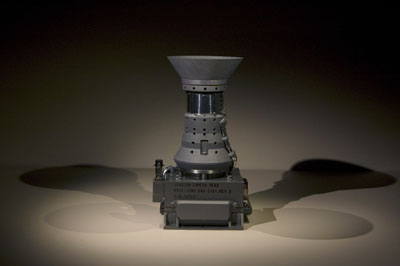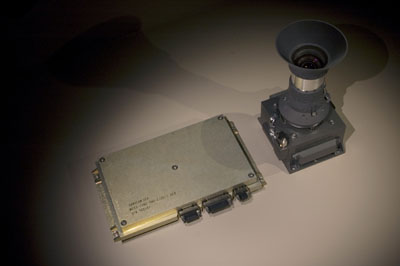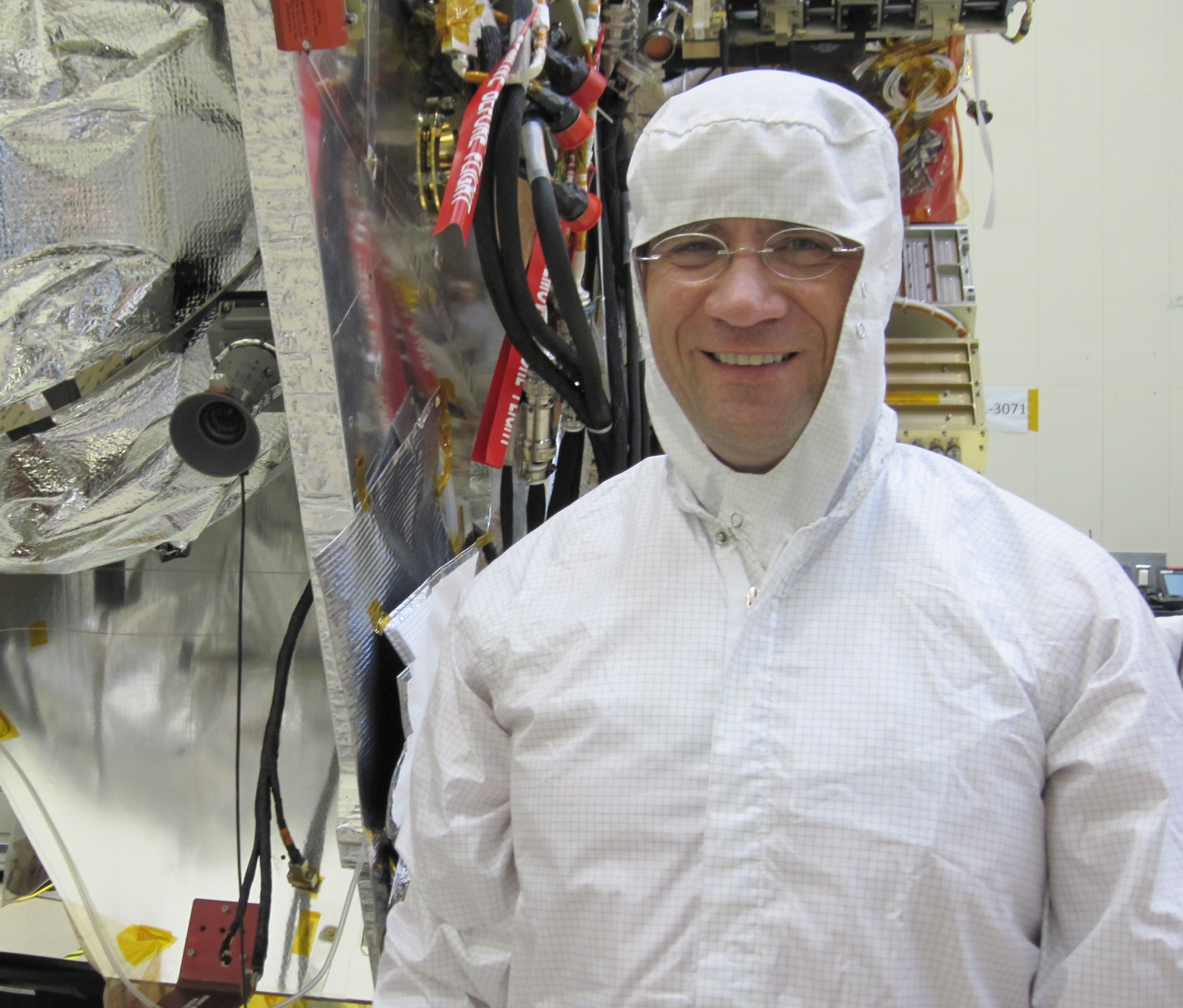MSSS Delivers Junocam to Lockheed Martin for 2011 Juno Jupiter Orbiter Mission
MALIN SPACE SCIENCE SYSTEMS, INC.
SAN DIEGO, CA 92191-0148
TELEPHONE: (858) 552-2650, EXT. 500
http://www.msss.com/
Contact: Michael Ravine, ravine@msss.com
FOR IMMEDIATE RELEASE: 16 May 2011
MSSS DELIVERS "JUNOCAM" TO LOCKHEED MARTIN FOR 2011 JUNO JUPITER ORBITER MISSION
Malin Space Science Systems, Inc. (MSSS), has delivered the camera it has developed for NASA's 2011 Juno mission to Jupiter. This camera, called Junocam, is designed to take hundreds of color images of the giant planet, some at resolutions never before seen, as the spacecraft orbits Jupiter, coming within 5000 km of the gas giant's cloudtops (see Figure 1a and b).
As originally proposed, Junocam was to be a copy of the MSL MARDI instrument with additional radiation shielding and a "pushframe" color filter array in place of the "Bayer pattern" filters of MARDI. But it soon became apparent that some of the digital electronics used for the MSL instruments would likely suffer too many radiation-induced upsets in the harsh environment of the jovian radiation belts. So MSSS engineers designed a new, more radiation-resistant digital processing system, in large part based on their CTX instrument now flying on Mars Reconnaissance Orbiter (MRO). Much of the onboard processing software, which runs in the Juno spacecraft's flight computer, is also modified from that written for MRO.
Junocam was originally selected as a Education/Public Outreach (E/PO) instrument, not a science camera. "Despite those constraints, we took it as a challenge to build the most capable science instrument we could", said Mike Ravine, Junocam Instrument Manager. While its mandate was only to take color pictures, Junocam uses precision bandpass filters produced by Barr Associates of Westford, Massachusetts, including a red channel that sees into the near infrared to penetrate more deeply into the jovian atmosphere, and a fourth narrowband near-IR channel to map the abundance of methane. Its wide-angle lens, designed and built by Rockwell-Collins Optronics of Carlsbad, California, produces sharp, low-distortion images that rival the best MSSS cameras have ever taken.
Imaging from a spacecraft spinning at 2 RPM in the low-light environment at Jupiter's distance from the sun presented a significant hurdle. MSSS was able to use the existing MSL camera electronics to operate the system's image sensor, produced by Kodak Integrated Sensor Solutions of Rochester, New York, in a so-called "TDI" (Time-Delay Integration) mode. "TDI works like image stabilization, freezing the rotation of the spacecraft and allowing us to take sharp images with long exposure times", said Mike Caplinger, Junocam Systems Engineer. "As it turned out, adding TDI was about a three-line change to the camera's logic -- but it took us a while to come up with those three lines."
Following qualification testing, which included random vibration and a simulated trip into space in a thermal/vacuum chamber, and an intensive calibration effort, on July 20th MSSS delivered the camera to Lockheed-Martin Space Systems of Littleton, Colorado, where it was checked out and then mounted onto the Juno spacecraft (see Figure 2). This is the eighth instrument that MSSS has integrated with a Lockheed-Martin spacecraft.
Once Juno reaches Jupiter, Junocam will be operated as part of the mission's public outreach program, with targets being suggested by students working with the Juno science team. MSSS will take these target suggestions, convert them into imaging commands, and process the resulting images for public release.
Scott Bolton, the Juno mission's principal investigator, is based at Southwest Research Institute in San Antonio, Texas. The Juno team selected Junocam in 2005. The mission is managed for NASA by the Jet Propulsion Laboratory, a division of the California Institute of Technology, Pasadena, CA, and Junocam was developed by Malin Space Science Systems, Inc., of San Diego, CA, under a $3.8 million contract with JPL. More information about the Juno mission can be found at missionjuno.swri.edu.
MSSS is also currently operating two cameras onboard NASA's 2005 Mars Reconnaissance Orbiter Mission (MRO), the Mars Color Imager (MARCI) and the Context Camera (CTX). MARCI provides a daily global weather map of Mars in five colors and two ultraviolet bands. CTX images Mars at 6 m per pixel resolution, and has already mapped more than one third of the planet at that resolution. MSSS is also providing four science cameras for JPL's Mars Science Laboratory rover mission, which will also launch in 2011. Other activities of the company are described at www.msss.com.
 |
Subscribe to the Malin Space Science Systems RSS feed to receive news updates.
|






